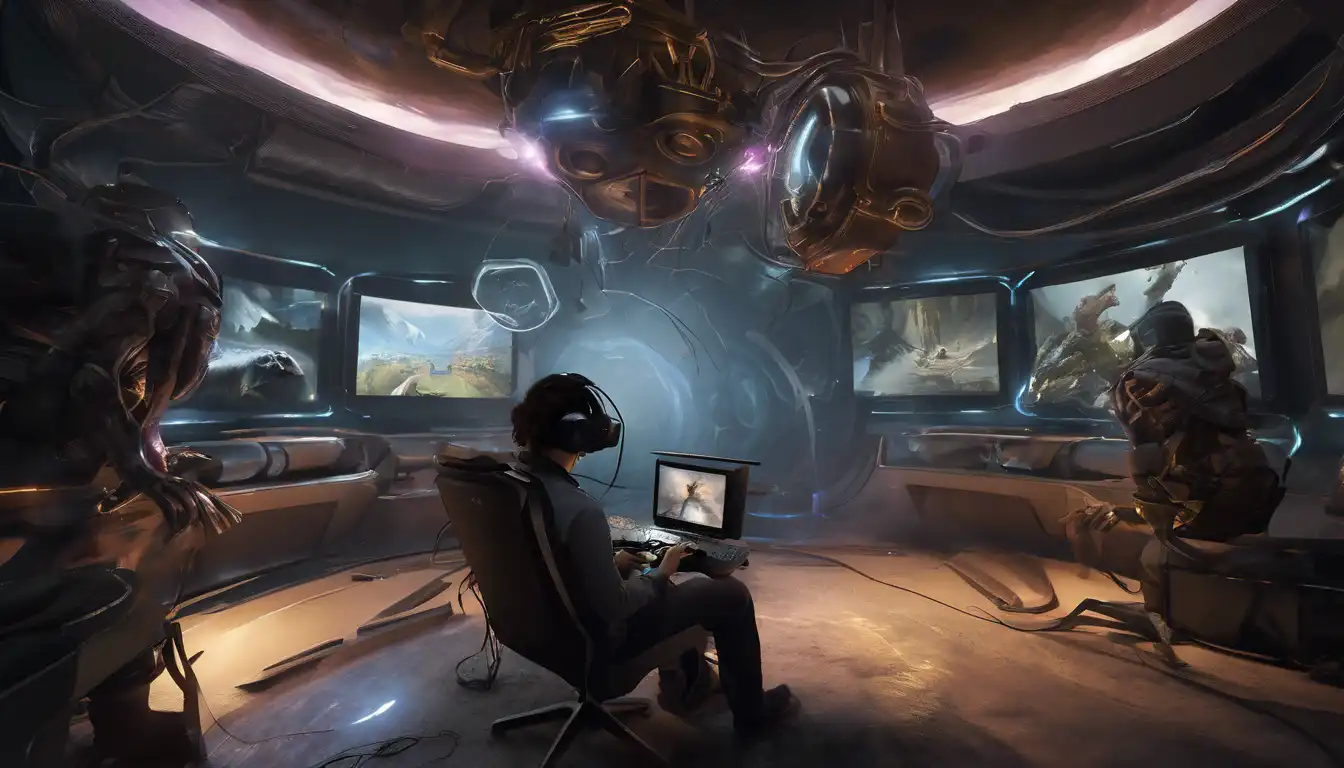Introduction to Immersive VR Challenges
Creating immersive Virtual Reality (VR) experiences is a frontier that many developers and creators are eager to explore. However, the path to crafting truly immersive worlds is fraught with challenges that span technical, creative, and psychological domains. This article delves into the key hurdles faced by VR creators and offers insights into overcoming them.
Technical Limitations and Solutions
One of the primary challenges in VR development is overcoming technical limitations. High-quality VR requires powerful hardware and sophisticated software to render immersive environments in real-time. Developers must balance graphical fidelity with performance to prevent motion sickness, a common issue in VR experiences.
- Hardware Constraints: Not all users have access to high-end VR headsets, which limits the scope of experiences.
- Software Optimization: Efficient coding and the use of optimization techniques are crucial for smooth performance.
Creating Believable Virtual Worlds
Beyond technical issues, creating a believable and engaging virtual world is a significant challenge. This involves not just visual fidelity but also interactive elements that respond to user actions in a meaningful way.
Developers must pay attention to detail in design, ensuring that every element contributes to the immersion. Sound design, physics, and AI behavior all play critical roles in making the virtual world feel alive.
User Experience and Accessibility
Ensuring a positive user experience is paramount in VR development. This includes making experiences accessible to a wide range of users, including those with disabilities. Developers must consider motion controls, voice commands, and other input methods to accommodate different needs.
Moreover, avoiding VR fatigue is essential. This can be achieved by designing experiences with natural breaks and comfortable interaction paradigms.
Psychological and Ethical Considerations
VR experiences can have profound psychological effects on users. Creators must be mindful of the content they produce, ensuring it does not cause undue stress or discomfort.
Ethical considerations also come into play, especially in social VR spaces, where user behavior and privacy must be carefully managed.
Conclusion: The Future of Immersive VR
Despite these challenges, the future of immersive VR is bright. Advances in technology and a deeper understanding of user needs are paving the way for more engaging and accessible virtual experiences. By addressing these hurdles head-on, developers can unlock the full potential of VR as a medium for storytelling, education, and entertainment.
For more insights into digital experiences, explore our related articles and stay ahead in the ever-evolving world of technology.
